
Smith's Bible Dictionary, originally named A Dictionary of the Bible, is a 19th-century Bible dictionary containing upwards of four thousand entries that became named after its editor, William Smith. Its popularity was such that condensed dictionaries appropriated the title, "Smith's Bible Dictionary".

Katharine Tynan was an Irish writer, known mainly for her novels and poetry. After her marriage in 1893 to the Trinity College scholar, writer and barrister Henry Albert Hinkson (1865–1919) she usually wrote under the name Katharine Tynan Hinkson, or variations thereof. Tynan's younger sister Nora O'Mahony was also a poet and one of her three children, Pamela Hinkson (1900–1982), was also known as a writer. The Katharine Tynan Road in Belgard, Tallaght is named after her.

The Philosophical Magazine is one of the oldest scientific journals published in English. It was established by Alexander Tilloch in 1798; in 1822 Richard Taylor became joint editor and it has been published continuously by Taylor & Francis ever since.

D. Appleton & Company was an American publishing company founded by Daniel Appleton, who opened a general store which included books. He published his first book in 1831. The company's publications gradually extended over the entire field of literature. It issued the works of contemporary scientists at moderate prices, for example, Herbert Spencer, John Tyndall, Thomas Huxley, Charles Darwin, etc. Medical books formed a special department, and books in the Spanish language for the South American market were a specialty which the firm made its own. In belles lettres and American history, it had a strong list of names among its authors.
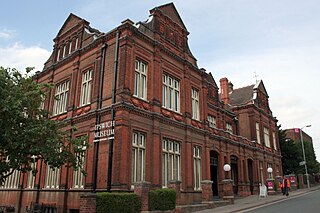
Ipswich Museum is a registered museum of culture, history and natural heritage located on High Street in Ipswich, the county town of Suffolk. It was historically the leading regional museum in Suffolk, housing collections drawn from both the former counties of East Suffolk and West Suffolk, which were amalgamated in 1974.

The Zoologist was a monthly natural history magazine established in 1843 by Edward Newman and published in London. Newman acted as editor-in-chief until his death in 1876, when he was succeeded, first by James Edmund Harting (1876–1896), and later by William Lucas Distant (1897–1916).

Mordecai Cubitt Cooke was an English botanist and mycologist who was, at various points, a London schoolteacher, a Kew mycologist, curator at the India Museum, journalist and author,. Cooke was the elder brother of the art-education reformer Ebenezer Cooke (1837–1913) and father of the book illustrator and watercolour painter William Cubitt Cooke (1866–1951).
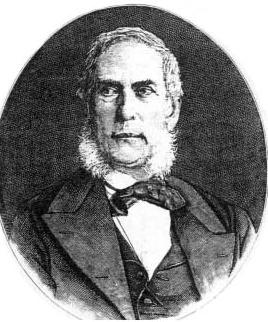
Károly Kalchbrenner was a Hungarian mycologist. He trained in theology early in life and became a priest in Spišské Vlachy, north-eastern Slovakia. His contributions include the publication of 60 papers and description of more than 400 fungi from Europe, Asia, Australia and South America. He wrote and illustrated the Icones Selectae Hymenomycetum Hungariae. Among those he later collaborated with are Ferdinand von Mueller in Victoria, Australia, John Medley Wood in South Africa, Mordecai Cubitt Cooke in England and Felix von Thümen in Austria. He was elected a full member of the Hungarian Academy of Sciences, and a corresponding member of the Linnean Society of New South Wales.
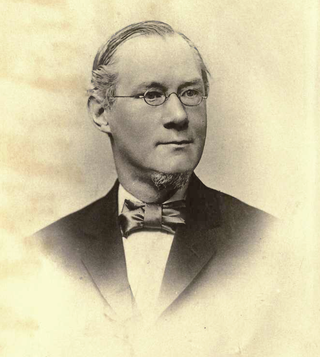
George Washington Tryon Jr. was an American malacologist who worked at the Academy of Natural Sciences in Philadelphia.
Cubitt is a surname, and may refer to:

George Edward Massee was an English mycologist, plant pathologist, and botanist.
Ebenezer Cooke was an art master and pioneer in art education.

The Entomological Magazine is a publication devoted to entomology.

John Ellor Taylor was an English popular science writer, journalist and museum curator.
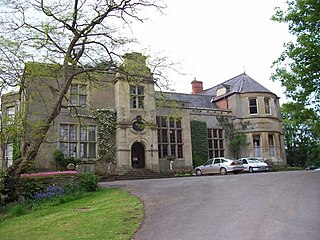
Burton Court is a Grade II* listed English country manor house in the Parish of Eardisland, southwest of Leominster, Herefordshire, England. The manor dates to at least the 11th century and the current house to the early 14th and 18th century. It lies along the A44 road, about 1 mile (1.6 km) south of Eardisland in the northern part of the hamlet of Lower Burton. It is now run as a Herefordshire wedding and private hire venue. Burton Court featured in Simon Jenkins's book England's Thousand Best Houses.
The Quekett Microscopical Club is a learned society for the promotion of microscopy. Its members come from all over the world, and include both amateur and professional microscopists. It is a registered charity and not-for-profit publisher, with the stated aims of promoting the understanding and use of all aspects of the microscope.

Saint Caomhán, anglicised as Cavan, sometimes Kevin, is the patron saint of Inisheer, the smallest of the Aran Islands. Although he is "by far the most celebrated of all the saints of the Aran Islands", little is known about him. He is said to have been a disciple of Saint Enda of Aran, which would place him in the 6th century, but his death date has also been recorded as 865.
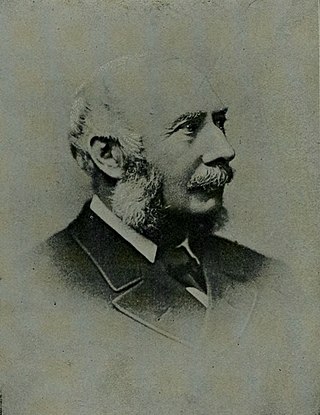
John Cordeaux, MBOU was one of the foremost English amateur naturalist and ornithologist of his day, known for his work with the British Association on bird migration.
Ruth Ellen Berkeley was an English mycologist, collector of fungi specimens and scientific botanical illustrator. She is known for her specimen collections as well as her illustrations of British fungi particularly in Mordecai Cubitt Cooke's book Illustrations of British Fungi (Hymenomycetes). Her father, the mycologist Miles Joseph Berkeley, named a fungal species Agaricus ruthae in her honour.















